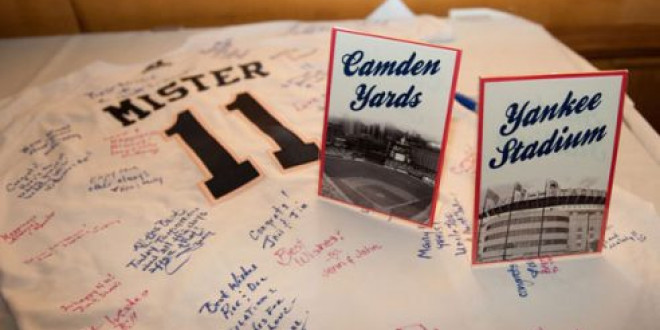[ad_1]
Traditional Indian weddings are full of events leading up to the wedding and all filled with grandeur and fun. There are so many traditions and so many sub-cultures that I will only cover a few as a guide for you if you wish to use them on your wedding day.
Pre-Wedding Rituals
These ceremonies are very important to Indian weddings and are considered to be promoting for the pending wedding.
Here are two of the rituals that are celebrated across the country.
Mehndi:
This is held the night before the wedding and usually the women on the bride's side celebrate this ritual.
A professional mehndi artist or relative will apply henna in very elaborate designs to the hands and feet of the bride and other women family members.
These designs are meant to symbolize beauty, a spiritual awakening and joy.
Guests at the event dress in bright colors and sing and dance to traditional wedding songs.
Pithi:
This ceremony is performed for good luck. Usually the bride and groom have separate pithi ceremonies at the family home.
Pithi is a paste and made mainly from chickpeas, flour, turmeric and rose water.
Members of the family and well wishers of the bride and groom will apply this paste on the groom / bride's skin.
This pithi ceremony takes place one of the days before the wedding and is thought to even the skin tones and brighten the skin for the big day.
On to the Wedding Ceremony
This wedding ceremony is actually a series of religious rituals that join the bride and groom and also their families. For the most part, family plays a key role in life decisions made.
The wedding ceremony starts with the arrival of the groom.
Then follows:
Baraat: or the Groom's Procession
Milni is the meeting of the families
Ganesh Puja is the prayer to the Lord Ganesh and the beginning of the ceremony.
Kanya Aagaman is the arrival of the bride accompanied by family members.
Jai Mala is the changing of floral garlands by the bride and groom.
Kanyadaan and Hasta Melap is when the father of the bride pours sacred water on the bride's hand and places it in the groom's hand. The groom's scarf is then tied to the bride's sari to represent an eternal bond of marriage.
Vivah Havan is when the priest lights the sacred fire or Agni to symbolize the divine presence as a witness and it is believed that commitments made in the presence of Agni are made in the presence of God.
Mangal Phere is when the bride and groom walk around the very sacred fire seven times each circling representing their aspirations in life.
Saptapadi is the seven sacred steps the bride and groom take with each step making a special sacred vow.
The bride and groom return to their seats and the bride then moves to sit at the groom's side taking the place closest to the groom's heart.
The groom then offers his lifelong protection putting a necklace made of gold and black beads around her neck and applying sindoor or red vermilion powder on the crown of her forehead.
This ritual now signifies the groom's devotion to his wife and the bride's status as a married woman.
At this time the rings are exchanged and they feed each other some sweets.
Aashirvaad is the final blessing of the married couple and the women of both families whisper blessings into the bride's ear.
The couple bows down to the priest, their parents and older relatives to receive their final blessings.
Lastly the guests shower the newly married couple with flowers and rice as a way of wishing them a happy and long marriage.
Wedding Reception
Nowadays the Indian wedding reception is a rather grand party with a lot of entertainment included.
The richer sect will hire dance and music performers for the guests pleasure. They may come from any part of the world.
For a more traditional theme both cultural programs and dances are the main emphasis and add much to the day.
Interestingly the decor and entertainment usually depends on the likes and tastes of the groom's family and the main thing is to make the bride feel welcome and comfortable at the party.
It is important to remember that at an Indian reception appetizers are very important even if a full dinner is being served. So be generous with the finger food and you will have happy guests.
Plan the menu well and you can get many wonderful and authentic ideas from the internet.
Hope you can find some wonderful ritual that you wish to use to carry on a cultural tradition or to just have something different to make your day even more special.
[ad_2]
Source by Tiffany Cole

